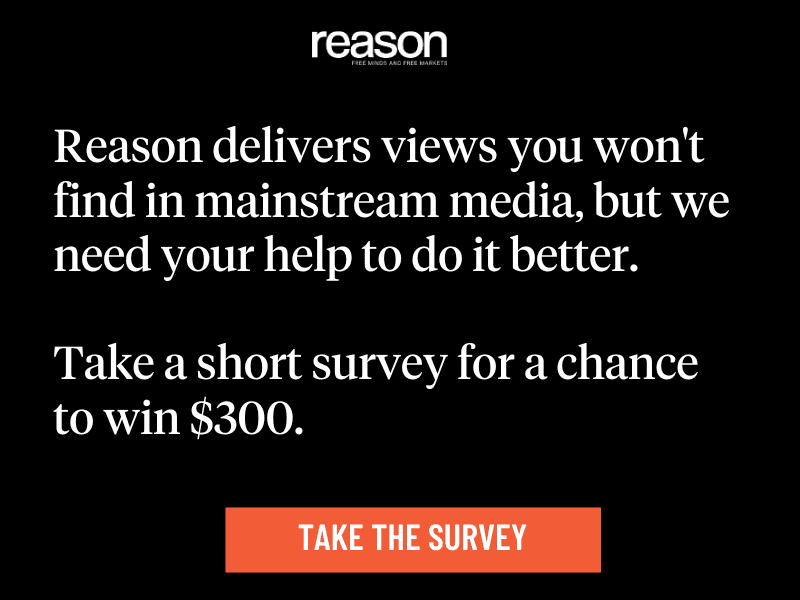Why Are Lawmakers Crusading Against Surge Pricing in Restaurants?
Progressive politicians want to ban restaurants from adjusting prices based on demand—even when no one’s actually doing it.

Gig companies like Uber and Lyft have popularized the economic concept of dynamic pricing (also known as "surge pricing"), making it a common phenomenon in our modern economy. Now, some restaurants are also considering more advanced dynamic pricing models, which has led to intense pushback from the political left.
In 2024, fast-food chain Wendy's made waves with an announcement that it was investing $20 million in digital menus, which would allow the company to utilize dynamic pricing to adjust prices depending on the time of day or consumer demand levels. In the face of public backlash, Wendy's claimed that it was never considering true surge pricing—i.e., raising food prices when demand was highest—but rather might use the digital menus to offer discounts during slower times of the day.
Despite Wendy's seeming backtrack, progressive politicians have wasted no time in declaring war against dynamic food pricing. Earlier this year, Democratic state lawmakers in Maine pushed a bill to ban dynamic pricing in all restaurants and grocery stores in the state. This was done even though no restaurants in Maine were actually employing dynamic pricing models.
"The first question one might reasonably ask, as I did, is whether this is happening in Maine," Rep. Marc Malon (D–Biddeford), the sponsor of the bill, told the Maine Wire. "The answer is, as far as I can tell, not yet, which is all the more reason to put safeguards in place now."
While the legislation was ultimately defeated in Maine, the New York City Council decided to adopt a similar form of preemptive bans by introducing its own bill, which prohibits dynamic pricing in the Big Apple. This aligns with NYC's larger "war on food" being waged by progressive members of the council, many of whom are prominent allies of democratic socialist mayoral frontrunner Zohran Mamdani. A Mamdani electoral victory is likely to supercharge these efforts, especially given the candidate's focus on what he calls "halalflation."
Lost in this debate is the fact that dynamic pricing has been used for years in the hospitality and leisure industries for everything from airline tickets to hotel rooms, which consumers accept and even expect. Other forms of dynamic pricing, such as congestion pricing for traffic in heavily urbanized environments, have also been touted as a policy advancement by many progressives for the environmental benefits and reduction of car traffic it can bring about (especially in the aftermath of President Donald Trump's opposition to NYC's congestion pricing system).
Restaurants have long used rudimentary forms of what could be called dynamic pricing, as Ryan Bourne of the Cato Institute has noted: "Pubs? They do dynamic pricing already: it's called 'happy hour.'"
Admittedly, these discounts are not in real-time and therefore might be called "differential pricing" rather than pure dynamic pricing, but nonetheless, the concept of shifting prices is not foreign to the food world. Other examples include blue plate lunch specials or even the neighborhood lemonade stand entrepreneur who charges an extra $1 for their citrusy libations on a particularly scorching day.
While it's easy to villainize dynamic pricing, it is a model that could make sense for certain types of restaurants, particularly those in high-trafficked areas (such as downtown Manhattan) during the lunch or dinner rush. It can reduce wait times for consumers who are willing to pay a premium during such times, while allowing other consumers to potentially access off-hour deals that establishments offer to drum up business during dead periods.
Most importantly, dynamic pricing is voluntary, given that consumers can vote with their feet if they don't want to frequent a restaurant that employs this strategy. As Bourne puts it, "some will pay more, yes, but they will still do so voluntarily."
Left-wing politicians should pause their preemptive panic attacks about dynamic pricing and instead give it a chance. Dynamic pricing isn't exploitation—it's what happens when you let people, not politicians, decide what's worth paying for.




Show Comments (190)